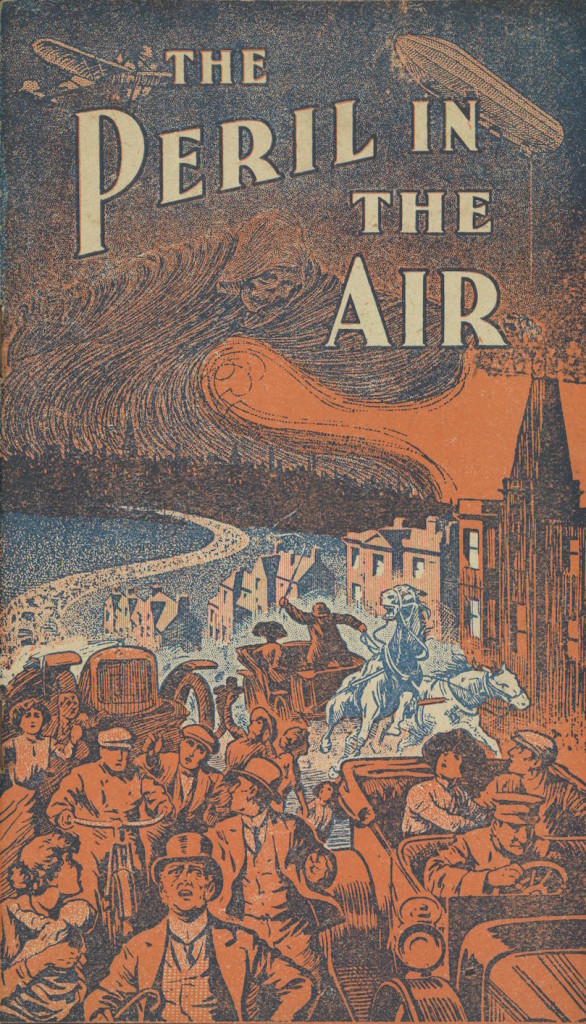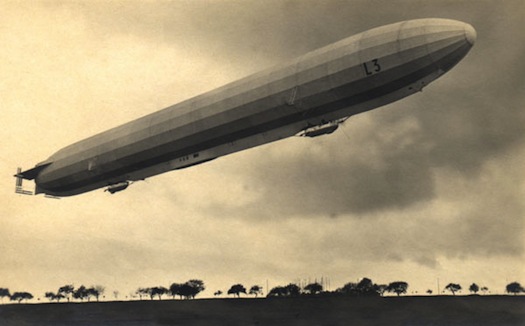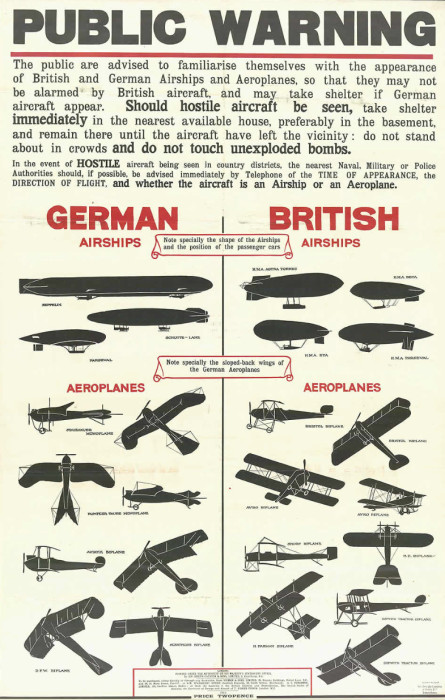Le Queux’s war
The novelist William Le Queux is famous, or rather infamous, for beating the drum of the German invasion and spy threat before the Great War. But what did he do during the war? Unsurprisingly, he did much the same thing. On 28 February 1915, for example, The People published an article by Le Queux entitled […]







